Burial of Azaña in the cemetery of Montauban, November 5, 1940. Manuel Azaña Association.
Exile, persecution and death: 1939-1940
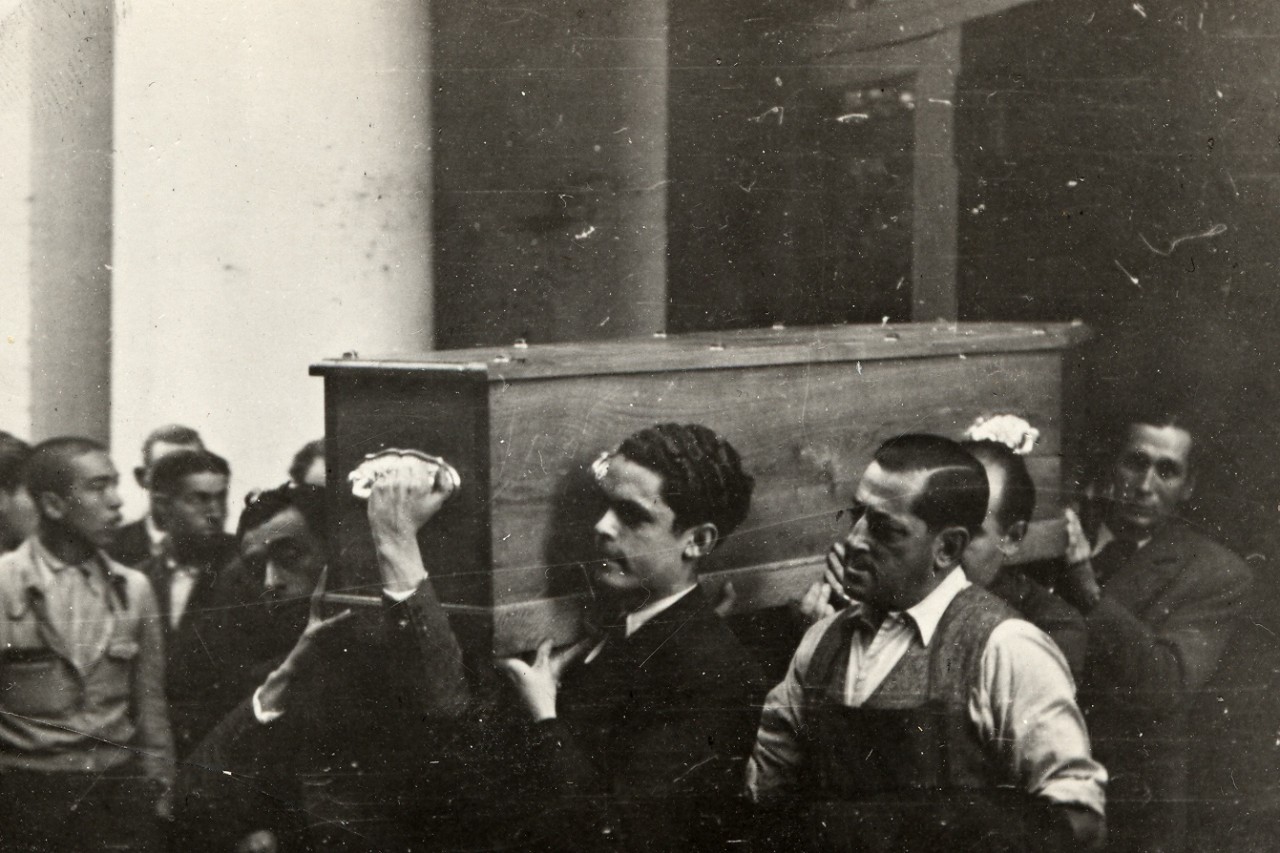
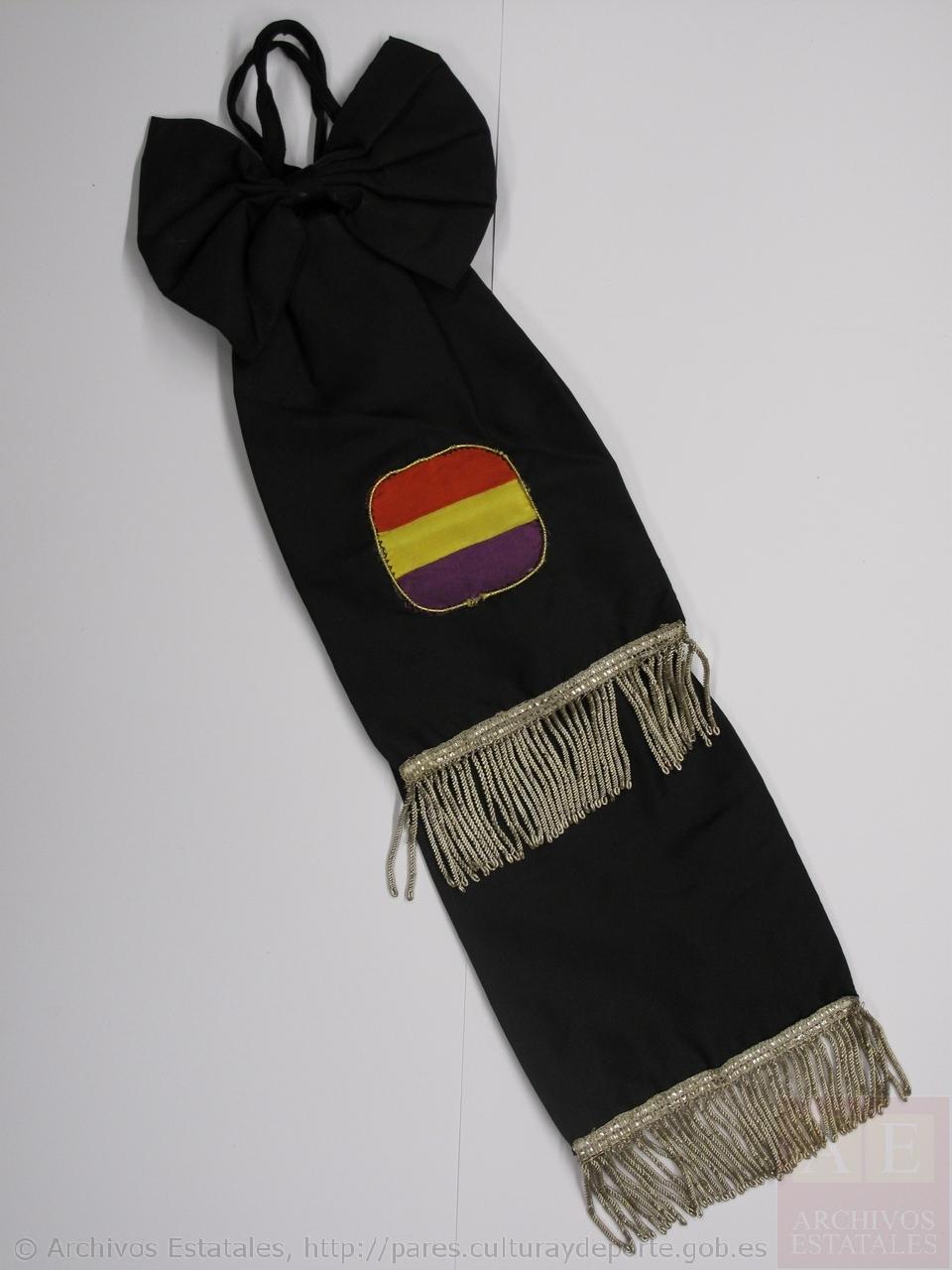
Black Crespon Documentary Center of Historical Memory.

Drawing by Manuel Azaña yacente Manuel Azaña Association.
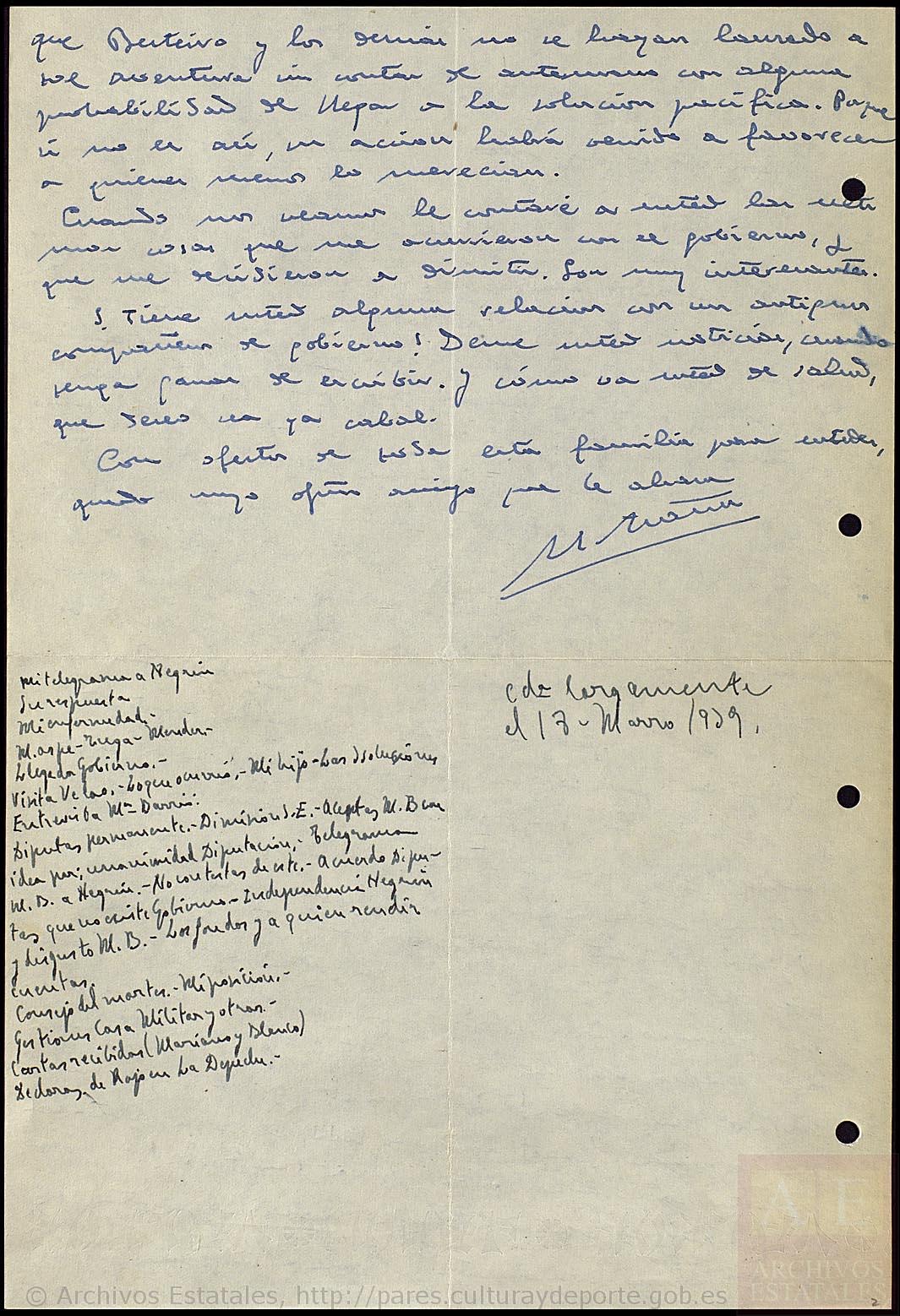
Letter from Manuel Azaña to José Giral, Minister without Portfolio of the Republic, in which he refers to the reasons that led him to present his resignation as President of the Republic. Collonges-sous-Salève, 9 March 1939 National Historical Archive.
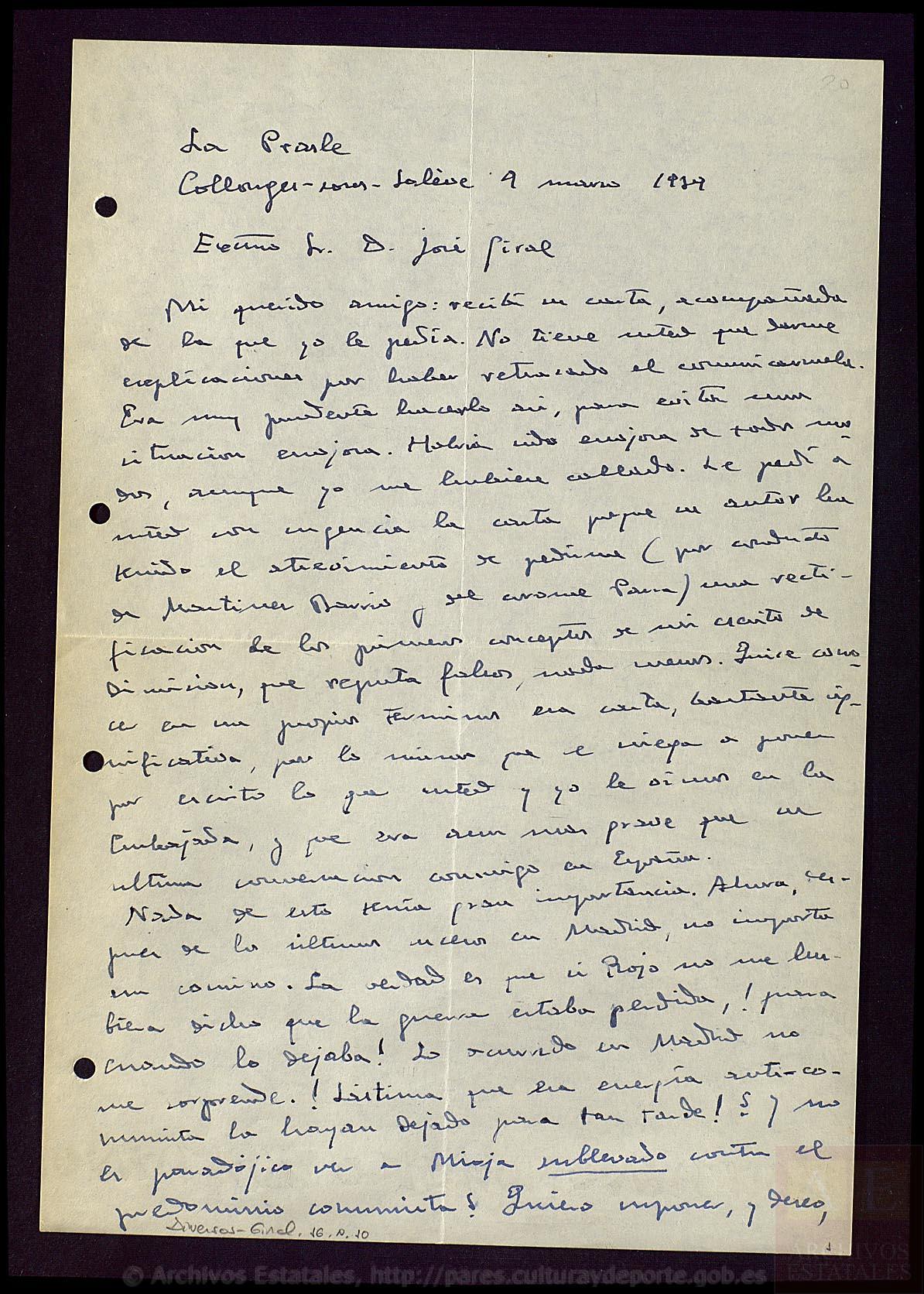
Letter from Manuel Azaña to José Giral, Minister without Portfolio of the Republic, in which he refers to the reasons that led him to present his resignation as President of the Republic. Collonges-sous-Salève, 9 March 1939 National Historical Archive.
In January 1939, when the defeat of the republican forces seems inevitable, Azaña moves to the French border. In La Vajol (Girona) the Republican flag will be leased for the last time.
He left Spain on February 5, 1939, pursued by agents of Franco, Vichy and the Gestapo. It is housed in a house, La Prasle, in Collonges-sous-Salève. He traveled to Paris and, on February 27, 1939, having already sentenced the Republican cause for the recognition of France and Great Britain to the Francoist government, Azaña presented his resignation as president of the Republic.
In October he moves to Pyla-sur Mer, near Bordeaux. On 1 September Germany had invaded Poland; on 3 September France and Great Britain declared war on Germany, while the French edition of The Evening in Benicarló was published. On June 14, German troops reach Paris and on June 16, Pétain calls for the armistice. Negrín visits Azaña to offer him his transfer to England, which he rejects.
With France divided in two, Azaña, already ill, and his wife travel by ambulance to Périgueux. His persecutors plunder the house of Pyla-sur-Mer, steal his papers and arrest Cipriano, who is condemned to death, a sentence that will be commuted.
In September, it is installed in Montauban, near Toulouse. Vichy’s government prevents him from leaving the city.
Azaña died at the Hôtel du Midi on the night of November 3, 1940 and is buried in Montauban under the flag of Mexico, because the French authorities did not allow the Republican flag. The Mexican Legation covered the costs of the burial.
In Montauban his memory is remembered every year and the figure and work of Azaña are ostensibly present.
Last flag
This flag was leased by Manuel Azaña in La Vajol on February 2, 1939. In his long letter-chronicle to Ángel Ossorio y Gallardo talks about this emblem, after making an emotional review of the last act on Spanish soil, the magazine to the presidential battalion:
"Two days earlier I had collected the battalion flag, which now, deployed on one of the walls of my working room, is a matter of ascetic-political contemplation, because it will serve as a mortar."
The flag was in one of the boxes that were hijacked by the Gestapo and the Spanish police in Pyla-sur-Mer and that appeared in the police premises in Madrid, in 1984.
Exile, persecution and death: 1939-1940
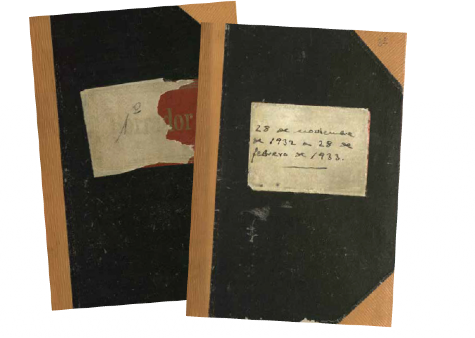
Manuscript journal of Manuel Azaña. First volume of the so-called "stolen notebooks".
The three stolen notebooks
Manuscript journal of Manuel Azaña. In 1936, Azaña gave the notebooks of his memoirs to his brother-in-law, Cipriano de Rivas Cherif, then consul of Spain in Geneva, thinking that they would be safe outside Spain. Three of them were stolen from the consulate by Antonio Espinosa. They corresponded to a particularly tense chronological period: the Sanjurjo uprising in August 1932, the repression of Casas Vieja in January 1933 and the summer crisis of that same year that ended the Republican-Socialist biennium. They had remained in El Pardo until, in 1996, Carmen Franco Polo handed them over to the Spanish State. Since then, the manuscript originals have been preserved in the National Historical Archive.
Words of Azaña
About the culture:
The Prado Museum is more important to Spain than the Republic and the monarchy put together.
Abbreviated chronicle of fifteen days. Letter to Ángel Ossorio. La Prasle, Collonges-sous-Salève, 18 June 1939.
About the future of Spain:
If we have to pass as Spaniards from death to life, if our country does not have to be a rotten man in which the victim and the executioner are corrupted together, if a transfiguration of the national spirit is to be achieved in favor of the derision sponsored by madness and stupidity, it will be returning to the reality of the Spanish feeling, which cannot have wasted the lesson and take advantage of it to found something new, burning not only the scenes and the frames, but the lyrics and the solfa of the expired representations […] Let us trust that there will be new people capable of understanding it better.
Letter to Esteban Salazar Chapela. Pyla-sur-Mer (Gironde), February 26, 1940.